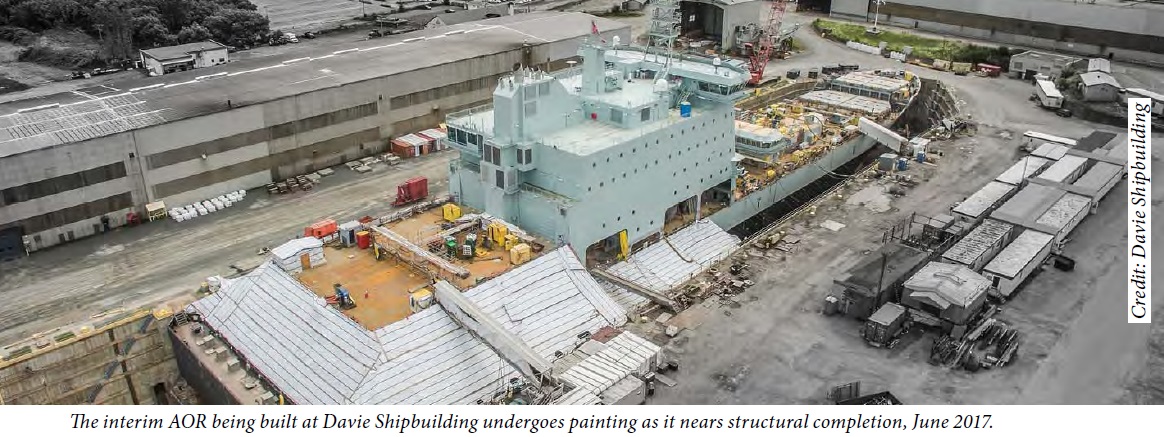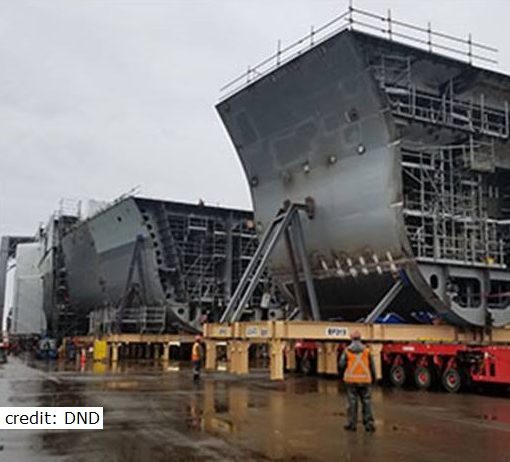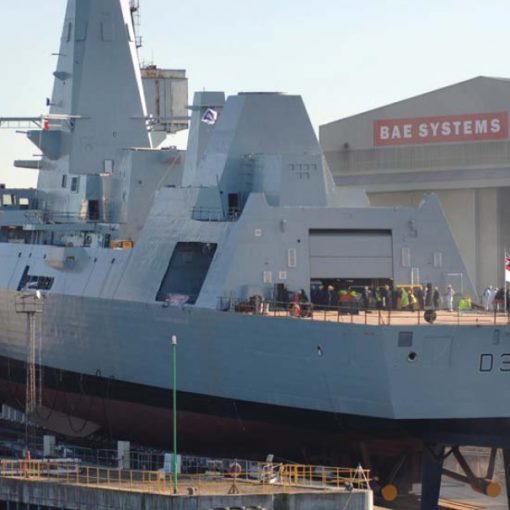The world’s climate is changing. Without embarking on arguments about who or what is to blame, the point is that there is a problem facing Earth. In 2016 there were around 1,900 meteorological, hydrological or climatological loss events – 130 of those were classified as severe or very severe. In that year, worldwide, over 9,000 people perished. Recent highlights include:
2003: heat wave that was the largest humanitarian natural disaster in Europe in centuries.
2004: 1st hurricane occurred in the South Atlantic.
2005: 944 mm of rain fell in India in 24 hrs (1,150 fatalities). More tropical storms in the North Atlantic than ever in recorded times (28 storms of which 15 spawned hurricanes). Hurricane Vince hit Europe.1
2015: there were 353 disaster events in 2015.2
2017: Hurricanes Jose and Maria hit Caribbean islands. An earthquake in Mexico kills 200. Monsoons flood Bangladesh killing more than 1,200. Hurricane Irma in the United States and Caribbean kills at least 134. Flooding and landslides in Sierra Leone kill 312.3 Hurricane Harvey hits Texas (the most powerful hurricane to hit Texas in over 50 years.4..
Sooner or later governments will, while investing in endless discussions and policies about combating climate change, make a real pivot to addressing the problems of surviving it. The need to address the causes of climate change and take action to reduce the overall effect is clear, but the need to help people survive those effects in the meantime is imperative.
Why Ships?
The world’s seas are rising and 40% of the world’s population live within 100 km of ocean shorelines.5 Indeed, 46% of the people of Bangladesh live within 10 metres of average sea level.6 Fifteen cities with more than 10 million people are located on coastal plains within 50 metres of sea level (Tokyo (40 m), New York (10 m), Mumbai (14 m), Los Angeles (71 m), Calcutta (9 m), Buenos Aires (25 m), Seoul (38 m), Lagos (41 m), Osaka (24 m), and Rio de Janeiro (5 m)). The island of Java, which holds half of Indonesia’s 226 million people, lies only three metres above the sea. 22.8% of the population of the Bahamas, 12% of the people in Bermuda, 11% of the small Caribbean states and 35% of the people of the Marshall Islands, live less than five metres above the sea. This isn’t only a small island issue: 35% of the people of Bahrain, 21% of the people of Belize, 16% of the people of Denmark, 29% of the people of Gibraltar, 45% of the people of Greenland, and a full 58% of the people of the Netherlands are equally threatened.
Most devastating disasters – floods, hurricanes, cyclones, earthquakes, erupting volcanoes, tsunamis and epidemics – will happen close to the sea. If they are not caused by the sea itself, they will often occur on or near coastlines. Therefore, effective disaster relief needs ships and, equally important, those ships have to be able to provide relief on their own, without the benefit of ports. Disasters don’t usually happen conveniently close to cities with deep water ports, and when they do the port facilities are often included in the destruction. For example, when USNS Comfort went to Puerto Rico after Hurricane Maria, it couldn’t run to full capacity because it was difficult to get people to the ship.
How HA/DR is Supported Today
Currently when disasters strike and if that disaster happens to be in an area of interest to the world’s developed countries, military ships are deployed. There are four problems with this strategy. First, military ships are not designed nor equipped for HA/DR support. Naval ‘landing support’ ships, which are arguably the best suited for the HA/DR tasks, are ships with the primary function of strategic military deployment not humanitarian relief. Second, the disaster or need has to be within the ship’s region of responsibility. Military ships have regions of the world’s oceans for which they have responsibility. Navies don’t usually move these resources outside their assigned region. Third, military ships are not suitably equipped. Landing support ships carry tanks, guns, combat equipment and soldiers, not bulldozers, cranes, dump trucks, ambulances and aid workers. For a landing support ship to be useful, it would have to first reach a port where it could offload military equipment and embark HA/DR equipment and supplies. Only then could it sail to a stricken location and offer effective support. This is always time-consuming and sometimes not strategically viable. And finally, in some parts of the world Western military ships arriving off shore and foreign soldiers operating on land are viewed with distrust. This can certainly get in the way of effective relief operations.
Canada and other states, in times of crisis, send other types of combat ships to stricken areas. This is at best a token of support and while the optics is good, the usefulness of a frigate or destroyer to provide significant help is marginal at best. It’s not that the sailors or helicopter pilots aren’t dedicated, brave and greatly appreciated, it is just that the ships themselves don’t have the capability or resources to provide anything near what is needed.
Some would point to Canada’s MV Asterix, an at-sea replenishment ship currently leased to the Canadian Navy. Federal Fleet Services, the owners of Asterix are currently promoting the ship as a HA/DR ship. Their intentions are certainly of the highest order, but Asterix’s first task is at-sea replenishment’ for the Navy and will be for the next ten years at least. The world cannot wait for ten years to have a ship that will provide HA/DR capabilities. Additionally, while Asterix has a small hospital, cargo and water storage and can offload a limited number of vehicles by crane, a true HA/DR ship needs more.
Why Canada?
Why not Canada? Why shouldn’t Canada be the country that steps up and builds a resource that the world needs? There are several excellent arguments that point directly to Canada to be the country to build and provide these ships. First and foremost, no one particularly hates us. Canada has never conducted a hostile invasion of another country (some might point to Afghanistan, but it is open to debate whether coalitions count). Canada is generally not seen as a threat.
Second Canada’s acceptance of multi-culturalism and peaceful coexistence is a standard for the world. Our national reputation for cooperation and respect for people’s differences would help with the creation of a multi-faceted relief team that could bring many different organizations with diverse skills and expertise together. This would also provide the ability to move expeditiously thus allowing the HA/DR ships to get where they are needed quickly.
Third, Canada is one of the countries least threatened by natural disasters. Our geography and our climate are among the most disaster-proof in the world and as a result we are well-placed to provide relief to others. Our geography also places us in the ideal location. The East Coast is well-located to provide support to Europe, the Mediterranean and Caribbean, while the West Coast is well-suited to support the Pacific Coast of the Americas, Japan and East Asia. And finally, Canadians care about the people of the world. We care about refugees. We care about people’s suffering.
Building and providing HA/DR ships to the world is an opportunity to show that we care in a tangible way. Picture the feelings of relief felt by people standing on a shoreline ravaged by disaster seeing a huge white ship arrive with food, water, clothing, shelter, medical aid and support. Then picture the pride of Canadians in knowing that that ship represents Canada.
Notes
- Munich Re – 27.03.2017 – Munich Re Group or Munich Reinsurance Company (German: Münchener Rück; Münchener Rückversicherungs-Gesellschaft) is a reinsurance company based in Munich, Germany.
- Swiss Resigma report, titled Natural Catastrophes and Man-Made Disasters in 2015, published by the Zurich-based reinsurer’s Economic Research and Consulting unit.
- Wikipedia
- Telegraph Media Group Limited, “The deadliest natural disasters of 2017.”
- United Nations, /www.un.org/esa/sustdev/natlinfo/indicators/methodology_sheets/oceans_seas_coasts/pop_coastal_areas.
- National Public Radio, 28 March 2007, Morning Edition, Nell Greenfield Boyce





